CNS: What are the major challenges the world faces in tackling climate change? How should humanity respond to climate change? What efforts has China made in this regard?
Chao: At present, there are challenges in implementing global climate change policies and measures in national-level planning. Different countries are at different stages of development, have different national conditions and face different threats from climate change. Therefore, global climate action, policies and planning often encounter great challenges when implemented in different countries. In addition, developing countries need a large amount of financial, technological and policy support in addressing climate change. Although some progress has been made in these areas with international agreements such as the Paris Agreement and the Glasgow Climate Pact, and other international agreements, the actual needs are still far from being met.
Mitigation and adaptation are two major strategies to address climate change. They are mutually reinforcing and cannot be achieved without each other. Mitigation means reducing greenhouse gas emissions through longer-term adjustments in economic systems such as energy, industry, transportation and natural ecosystems. Adaptation means mitigating the adverse impacts of climate change on socio-economic development and ecosystems by adjusting natural and human systems in response to climate change that has occurred and is expected to occur, and making full use of certain opportunities presented by climate change.
At present, there is a global tendency to prioritize mitigation over adaptation. China has always attached equal importance to mitigation and adaptation, and implemented a national strategy to actively address climate change. To mitigate climate change, China has set a “dual carbon” target, actively promoted industrial restructuring and optimization of the energy mix, and achieved remarkable results in reducing carbon emissions. In 2020, China’s carbon emission intensity decreased by 18.8% and 48.4%, respectively, compared with 2015 and 2005, exceeding the goal China pledged to the international community of lowering it 40% to 45%. China has also promoted green and low-carbon development, with its production and sales of new energy vehicles ranking first in the world, and its manufacturing of wind power and photovoltaic power equipment has formed the most complete industrial chain in the world. In regard to adaptation, China issued the National Climate Change Adaptation Strategy 2035 in June, which has become an important document for China to create a global model for its policy actions to adapt to climate change.
The goal of carbon neutrality will not be achieved easily, and neither can we wait, nor rush. We need to respect the objective law, do scientific planning, turn pressure into motivation, address specific issues step by step based on the present situation, and make solid progress in implementing the target.
(Translated by ZUO Hui)










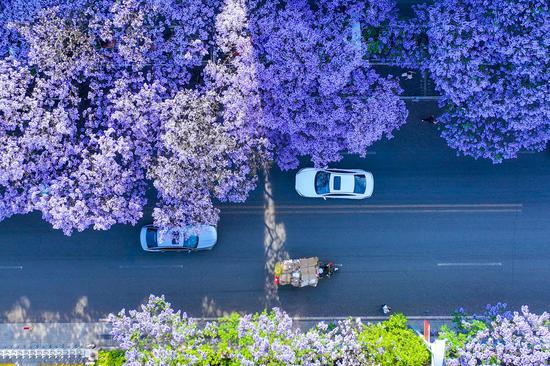
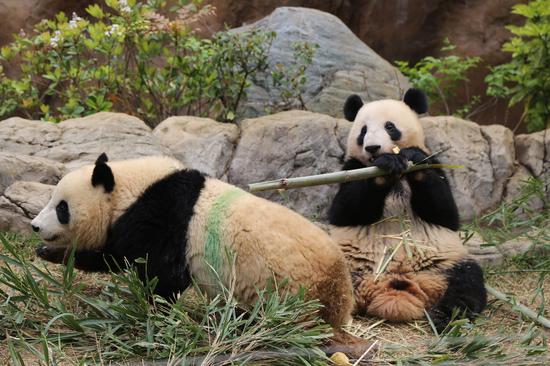
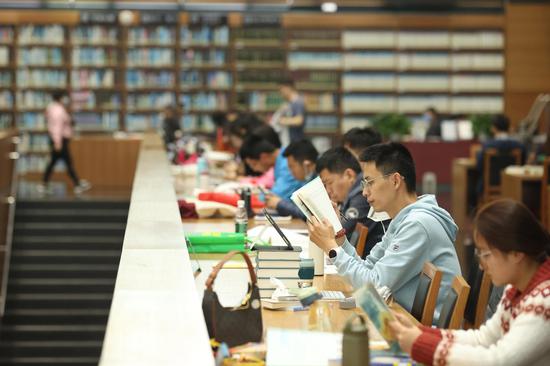
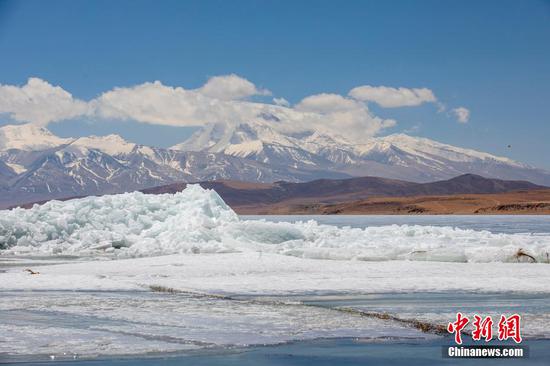

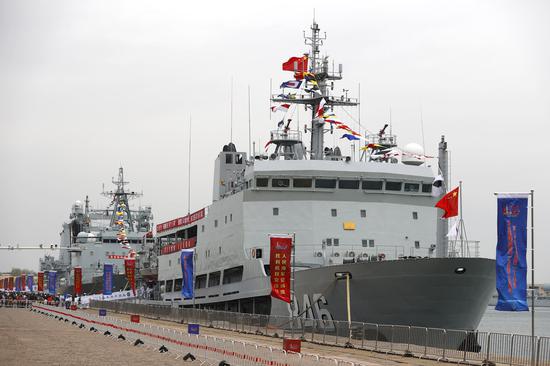

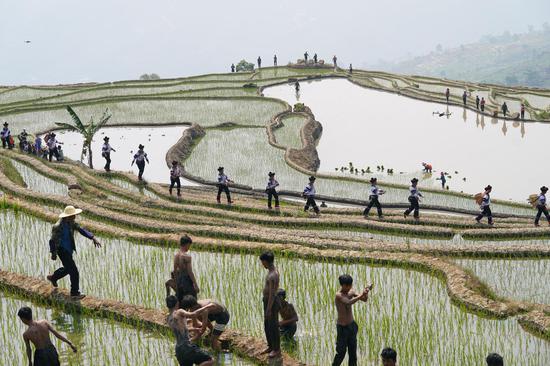

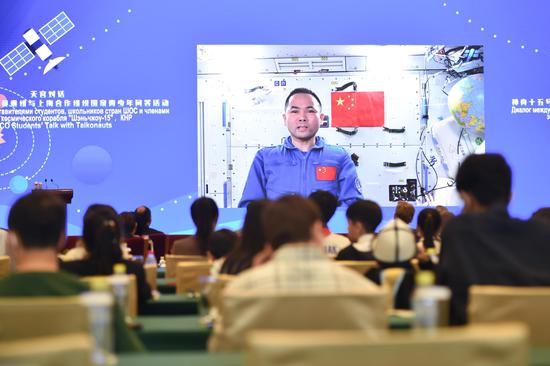

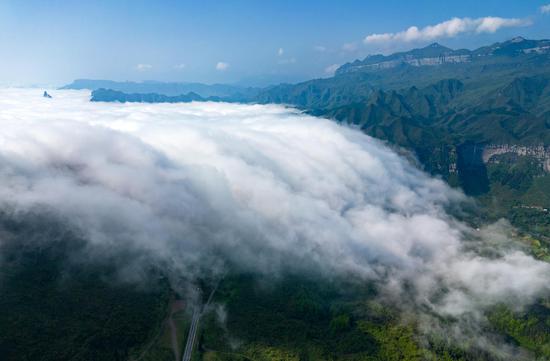
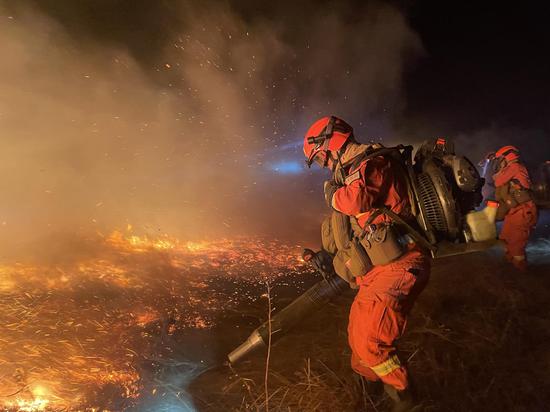




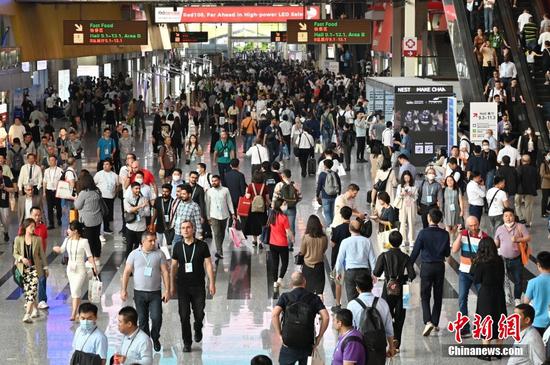
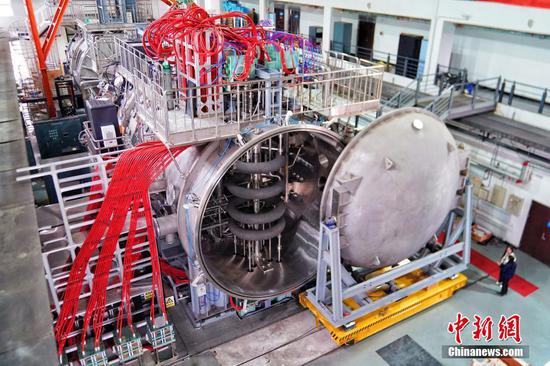




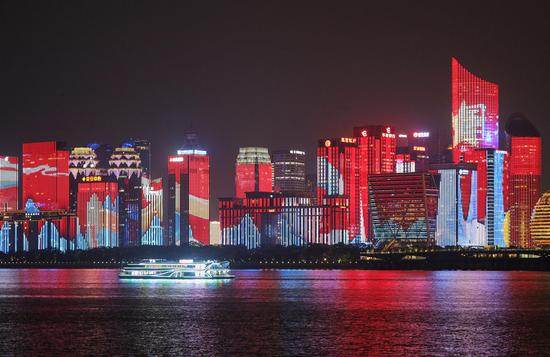

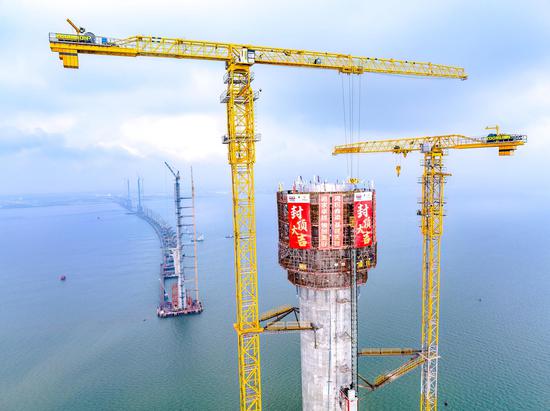


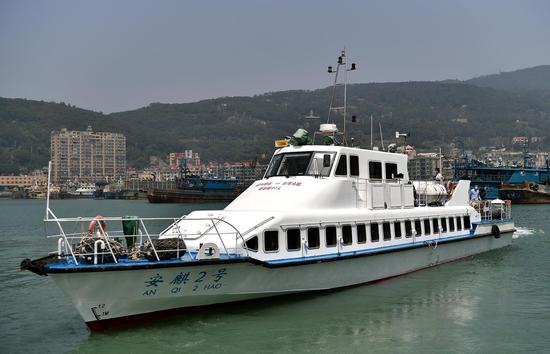



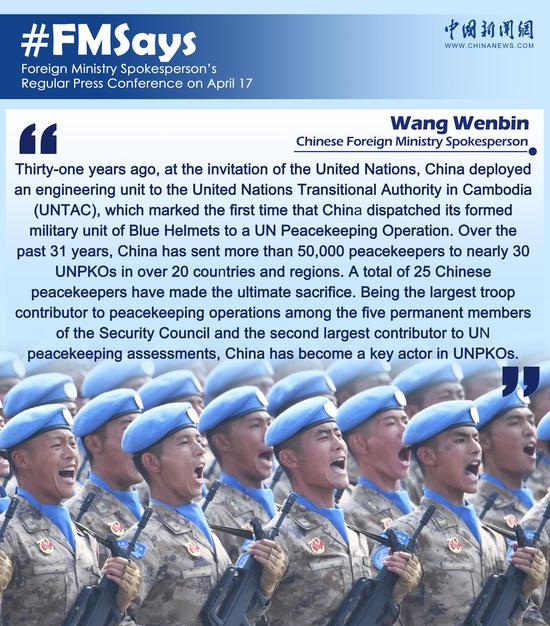





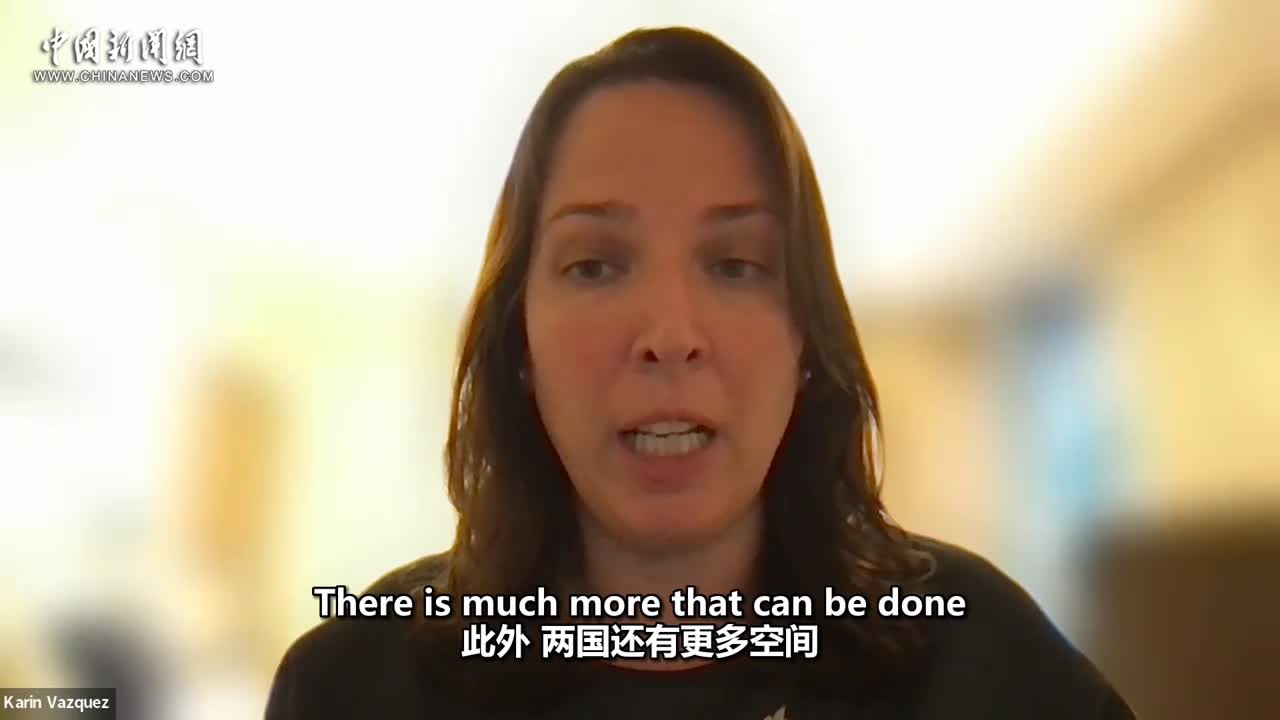

 京公网安备 11010202009201号
京公网安备 11010202009201号
